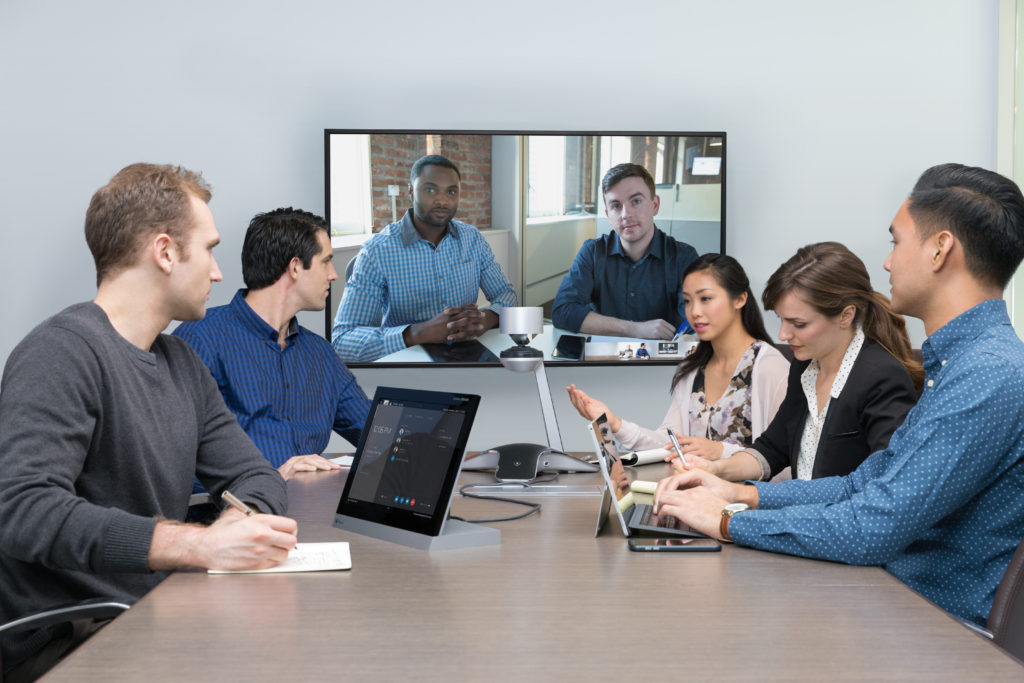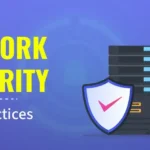Best Practices for Conducting Effective Audio Conferences
Audio conferences are a cornerstone of business communication, offering a practical and efficient way to connect with team members and clients. To ensure that audio conferences are productive and engaging, it is essential to follow best practices that enhance clarity, participation, and overall effectiveness. This article outlines key strategies for conducting effective audio conferences.

Prepare Thoroughly
Create and Share Agendas: Before the conference, develop a detailed agenda outlining the topics to be discussed and share it with all participants. This helps attendees prepare for the meeting and ensures that the discussion remains focused and organized.
Set Clear Objectives: Define the goals of the conference and communicate them to participants. Clear objectives guide the conversation, helping to achieve desired outcomes and maintain relevance throughout the meeting.
Test Equipment: Ensure that all technical equipment is functioning properly before the conference begins. Test microphones, speakers, and any other audio devices to prevent technical issues during the call.
Manage Participation Effectively
Establish Ground Rules: Set rules for participation to ensure that the conference runs smoothly. For example, instruct participants to mute their microphones when not speaking to minimize background noise and interruptions.
Encourage Equal Participation: Actively encourage all participants to contribute to the discussion. Use techniques such as round-robin questioning or direct prompts to engage quieter members and ensure diverse input.
Facilitate Turn-Taking: Implement a system for managing speaking turns to avoid talking over others. This can be achieved by using a moderator or having participants indicate when they wish to speak.
Enhance Communication Clarity
Speak Clearly and Slowly: Articulate your words clearly and at a moderate pace. This helps ensure that all participants can understand the discussion, especially if there are variations in accents or audio quality.
Summarize Key Points: Regularly summarize key points and decisions made during the conference. This reinforces important information and helps participants follow the conversation more easily.
Verify Understanding: Periodically check for understanding by asking participants to confirm their comprehension or provide feedback. This helps prevent misunderstandings and ensures alignment among attendees.
Utilize Available Features
Leverage Interactive Tools: Many audio conferencing solutions offer interactive features such as polling, Q&A, or participant lists. Utilize these tools to engage participants and gather real-time input.
Record Meetings: If appropriate, record the conference for future reference. Recording allows participants to review the discussion and ensures that important information is captured accurately.
Share Documents: Use screen sharing or document-sharing features to present relevant materials during the conference. This enhances clarity and allows participants to follow along with visual aids.
Follow Up Effectively
Distribute Meeting Minutes: After the conference, send out a summary of key discussion points, decisions, and action items. This follow-up reinforces the outcomes of the meeting and provides a reference for participants.
Solicit Feedback: Request feedback from participants on the effectiveness of the conference. Use this feedback to identify areas for improvement and refine future audio conferencing practices.
Implement Action Items: Ensure that action items assigned during the conference are tracked and completed. Follow up with participants to confirm progress and address any outstanding issues.
Address Common Challenges
Handle Technical Issues: Be prepared to address technical issues promptly. Provide clear instructions for joining the call and offer support for troubleshooting common problems.
Manage Background Noise: Minimize background noise by asking participants to join from quiet environments and using noise-cancellation features if available. Address any disruptive noises calmly and professionally.
Maintain Focus: Keep the conference focused on the agenda and avoid veering off-topic. Gently redirect conversations that stray from the main objectives to maintain productivity.
Conclusion
Conducting effective audio conferences requires careful preparation, clear communication, and active management of participation. By following best practices, such as preparing agendas, managing speaking turns, and utilizing interactive features, you can ensure that audio conferences are productive, engaging, and aligned with business goals. Implementing these strategies will enhance communication, support decision-making, and foster stronger connections among team members and clients.



